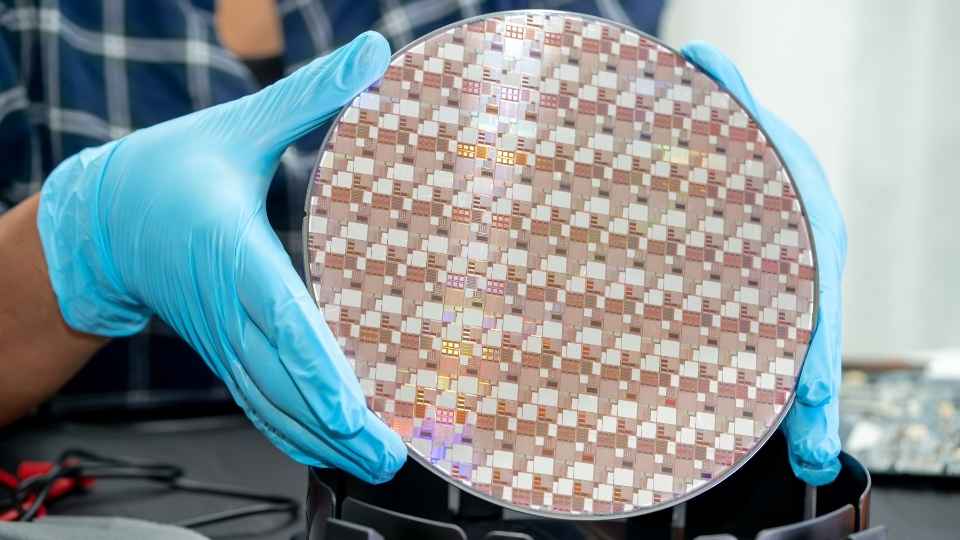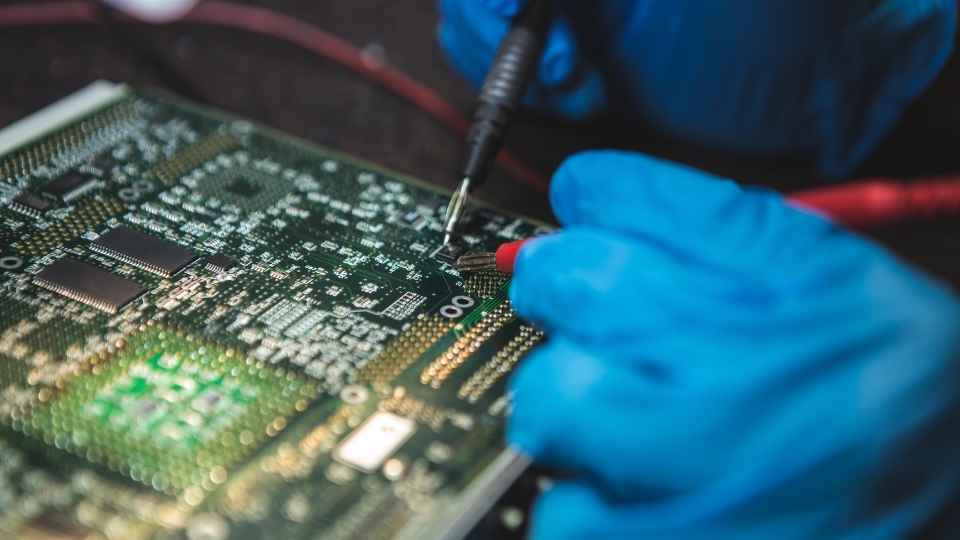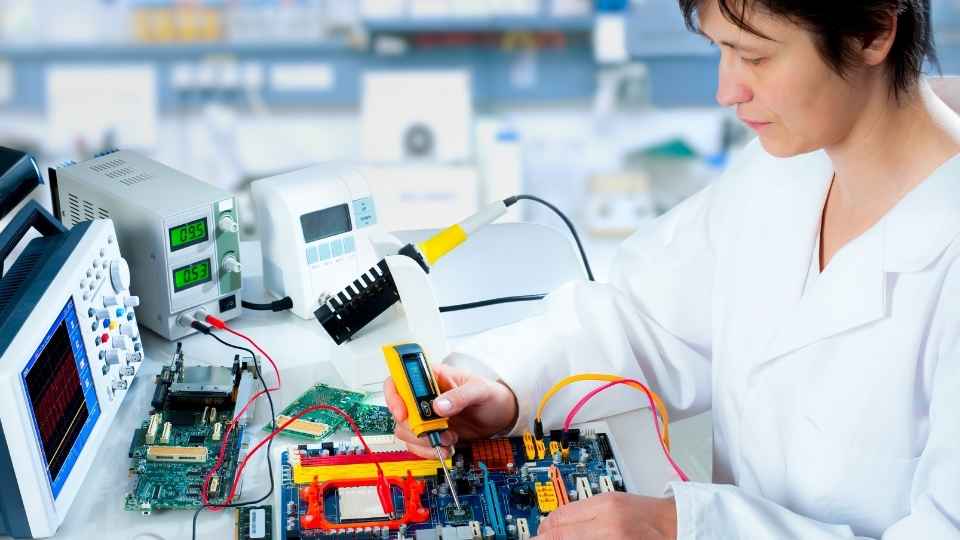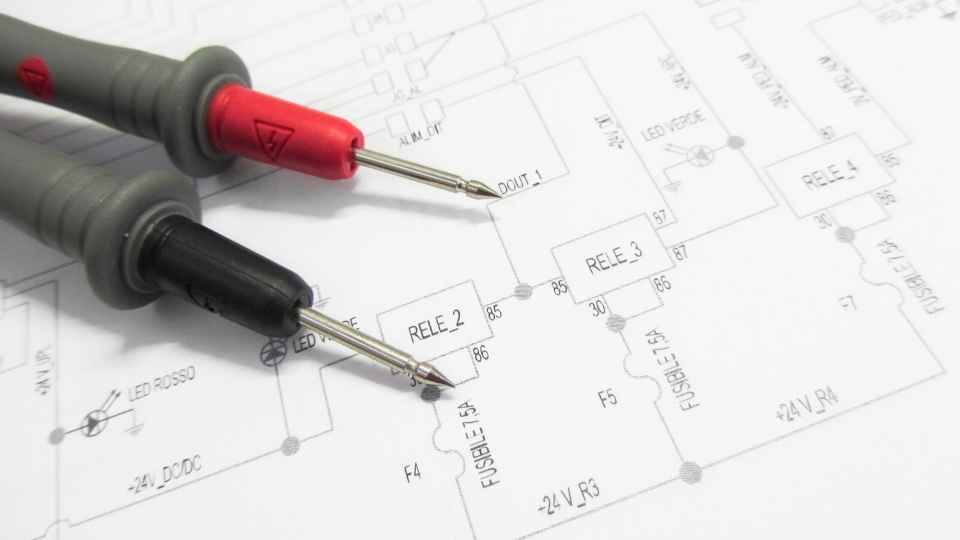
In the world of circuit analysis, where precision and accuracy reign supreme, logic analyzers have emerged as essential tools for engineers and technicians. These powerful devices go beyond mere signal capture, offering a plethora of advanced features to unravel the complexities of digital circuits.
Among these features, protocol decoding stands out as a game-changer, enhancing our understanding of circuit behavior and opening doors to new possibilities.
In this article, we will explore how protocol decoding can revolutionize your circuit analysis by providing invaluable insights into data communication protocols and enabling seamless troubleshooting.
Get ready to dive deep into the realm of logic analyzers and unlock the true potential of your circuit analysis endeavors!
Key Takeaways
- Logic analyzers are essential tools for circuit analysis, as they capture and analyze digital signals for troubleshooting and debugging.
- Signal capture is crucial for accurate circuit analysis, as it provides crucial information for understanding circuit behavior.
- Protocol decoding enhances circuit analysis by providing deeper insights into complex communication between circuit components.
- Trigger options and protocol decoding can be combined to isolate and analyze complex signal behaviors for advanced analysis.
The Basics of Logic Analyzers
Logic analyzers are powerful tools used in circuit analysis, allowing engineers to capture and analyze digital signals for troubleshooting and debugging purposes. They provide detailed insights into the behavior of complex digital systems by capturing and displaying multiple signals simultaneously.
Logic analyzers typically consist of a hardware unit that connects to the circuit under test and a software interface that allows users to control the analyzer and interpret the captured data. With their high-speed sampling rates, logic analyzers can capture digital signals with precision, enabling engineers to identify timing issues, protocol errors, and signal integrity problems.
Moreover, logic analyzers often support various triggering options that allow users to capture specific events or conditions of interest. This combination of features makes logic analyzers an indispensable tool for engineers seeking freedom in accurately analyzing digital circuits.

Signal Capture: The Key to Circuit Analysis
Accurate circuit analysis heavily relies on the ability to effectively capture and interpret signals, making signal capture a crucial aspect of the process. To visualize the importance of signal capture in circuit analysis, imagine the following scenarios:
Imagine trying to solve a complex puzzle without all the pieces. Without capturing all the signals accurately, it becomes nearly impossible to understand and analyze the circuit's behavior.
Think of signal capture as taking high-resolution photographs of a moving object. The more frames you capture, the better you can understand its motion and dynamics.
Signal capture is like recording an orchestra performance from different positions in order to analyze each instrument's contribution to the overall sound.
Unleashing the Power of Protocol Decoding
By employing advanced techniques in signal interpretation, engineers can unlock the full potential of protocol decoding, paving the way for deeper insights and more comprehensive analysis in circuit evaluation.
Protocol decoding enables engineers to understand and interpret the complex communication between different components within a circuit. It allows them to decipher the specific commands, data transfers, and timing information exchanged between devices, providing valuable insights into system behavior.
With protocol decoding, engineers can capture and analyze digital signals with greater accuracy and efficiency. This technique offers a systematic approach to understanding how different parts of a circuit interact with each other, identifying any anomalies or issues that may affect overall performance. By examining the detailed protocol-level information extracted from captured signals, engineers gain a more holistic view of their circuits.

In the subsequent section about enhancing circuit analysis with protocol decoding, we will explore how this powerful tool can help identify design flaws, optimize performance parameters, and ensure seamless interoperability among various components.
Enhancing Circuit Analysis With Protocol Decoding
Incorporating protocol decoding techniques into circuit analysis provides engineers with a comprehensive understanding of how different components interact and exchange information, enabling them to identify potential design flaws and optimize performance parameters.
By leveraging the power of protocol decoding, engineers can delve deep into the intricate details of a circuit's communication protocols. Here's how this approach enhances circuit analysis:
Protocol decoding allows engineers to visualize the flow of data within a circuit, like tracing the movement of electrons through wires.
It enables engineers to spot anomalies or errors in the communication between components, much like identifying traffic congestion on a busy highway.
Engineers can use protocol decoding to analyze timing issues and latency problems, akin to measuring response times in real-time applications.
Leveraging Trigger Options for Advanced Analysis
Utilizing the available trigger options allows engineers to perform advanced analysis, enabling them to capture specific events or conditions in a circuit for detailed examination and troubleshooting purposes. Trigger options provide flexibility in setting up precise triggering conditions, such as voltage levels, edge transitions, or pattern matching. By defining these triggers, engineers can focus their analysis on critical sections of the circuit and capture only the relevant data. This not only saves valuable time but also ensures that important signals are not overlooked during analysis.

Trigger options also enable engineers to isolate and analyze complex signal behaviors by capturing data at specific points of interest. Whether it's a glitch, an intermittent fault, or a rare event occurring within the circuit, triggers allow engineers to accurately capture these occurrences for further investigation. Additionally, trigger conditions can be combined with other features like protocol decoding to gain deeper insights into the functioning of the circuit.
With a solid understanding of trigger options and their application in advanced analysis, we can now delve into data display intricacies: making sense of complex signals.
Data Display Intricacies: Making Sense of Complex Signals
When dealing with complex signals, engineers must navigate through various data display intricacies to accurately interpret and draw meaningful insights from the captured information. This requires a deep understanding of how to effectively visualize and analyze the data.
Consider the following challenges engineers face when working with complex signals:
Signal noise: The presence of unwanted or random fluctuations can obscure important signal details, making it difficult to identify patterns or anomalies.
Signal timing: Complex signals often involve multiple channels operating simultaneously and at different speeds. Engineers need to carefully align and synchronize these channels to accurately analyze their relationship.
Signal amplitude: Variations in signal strength can affect the quality of the captured data. Engineers must account for these differences when interpreting the displayed information.

Frequently Asked Questions
What Are Some Common Applications of Logic Analyzers in Circuit Analysis?
Logic analyzers are commonly used in circuit analysis to capture and analyze digital signals. They provide valuable insights into signal timing, protocol decoding, and debugging issues, making them essential tools for troubleshooting and optimizing circuit designs.
How Do Logic Analyzers Differ From Oscilloscopes in Terms of Functionality and Usage?
Logic analyzers differ from oscilloscopes in terms of functionality and usage. While oscilloscopes provide voltage waveforms, logic analyzers capture and analyze digital signals. They enable protocol decoding, allowing for a deeper understanding of circuit behavior and troubleshooting.
Can Logic Analyzers Decode Multiple Protocols Simultaneously?
Yes, logic analyzers have the capability to decode multiple protocols simultaneously. This feature allows for efficient and comprehensive analysis of complex circuits by providing detailed information about the various protocols being used in the system.
What Factors Should Be Considered When Selecting a Logic Analyzer for a Specific Circuit Analysis Task?
When selecting a logic analyzer for a specific circuit analysis task, factors to consider include the required number of channels, sampling rate, memory depth, triggering capabilities, protocol decoding options, and supported voltage levels.
Are There Any Limitations or Challenges Associated With Using Protocol Decoding in Circuit Analysis?
There are limitations and challenges associated with using protocol decoding in circuit analysis. These include compatibility issues, the need for specialized knowledge, and the potential for errors or misinterpretation of data.
 Basic Electronics ConceptsEssential ToolsCircuit Design BasicsMicrocontrollersDIY Electronics ProjectsRoboticsPrivacy PolicyTerms And Conditions
Basic Electronics ConceptsEssential ToolsCircuit Design BasicsMicrocontrollersDIY Electronics ProjectsRoboticsPrivacy PolicyTerms And Conditions
